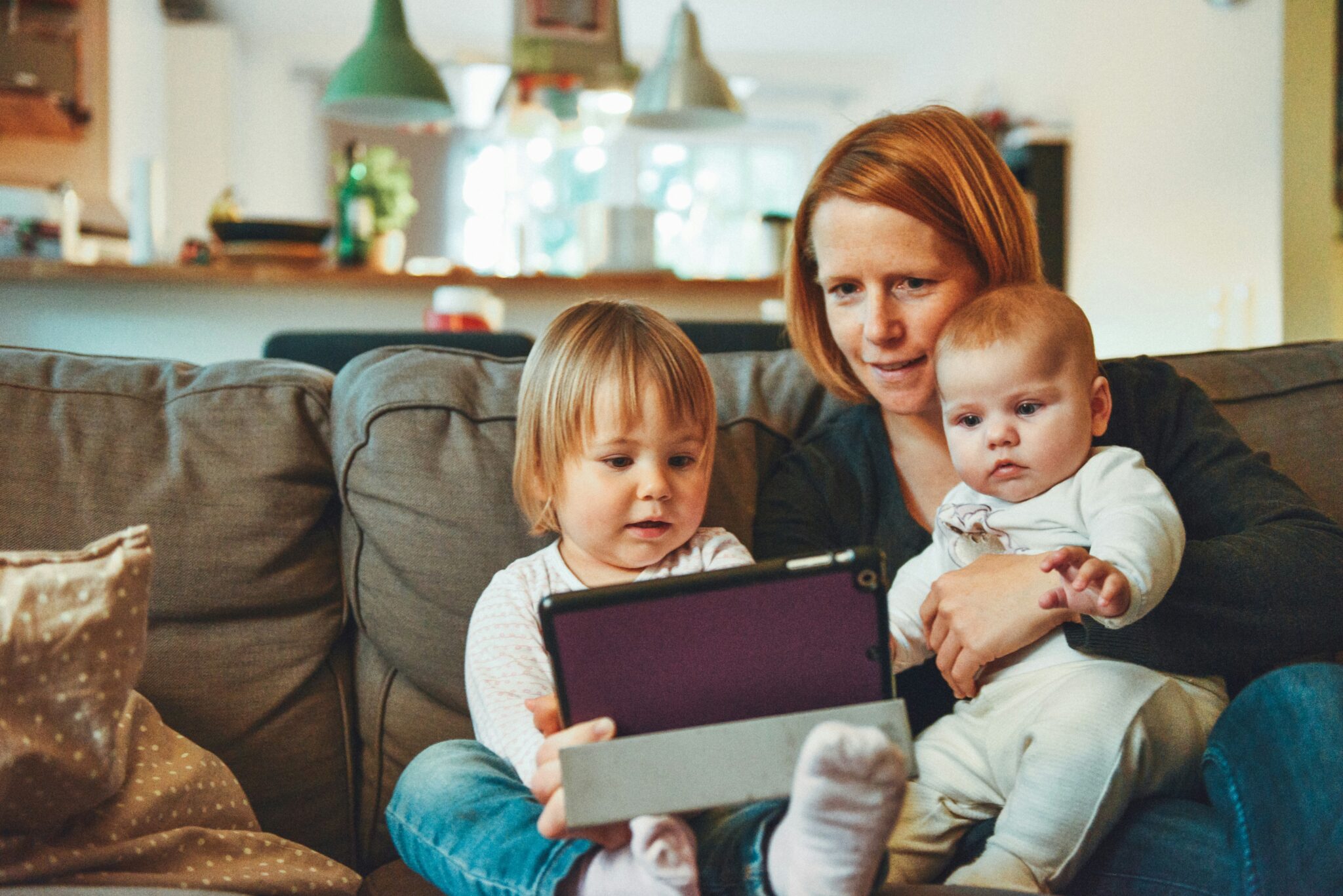Transitioning a medically complex child from hospital to home is a delicate process that requires comprehensive planning, coordination, and specialized care. One important aspect of this transition is Prescribed Pediatric Extended Care (PPEC), which plays a pivotal role in ensuring that medically fragile children receive the necessary medical attention while enabling a smoother and more comfortable adjustment to home life.
PPEC offers a structured, nurturing environment where children with complex medical needs can thrive. In this blog, we will explore the critical role of PPEC in pediatric care and how it facilitates the hospital-to-home transition.
Understanding PPEC in Pediatric Care
Prescribed Pediatric Extended Care (PPEC) centers provide medically complex children with skilled nursing care in a daycare-like setting. These centers cater to children who need continuous medical attention but do not require hospitalization. PPEC services help children bridge the gap between the intensive care they receive in a hospital and the more independent, supportive care available at home.
At a PPEC center, children benefit from individualized care plans tailored to meet their specific medical and developmental needs. These centers provide services such as physical, speech, and occupational therapy, along with nursing care, social interaction, and educational activities. This comprehensive care model not only supports the child’s medical needs but also fosters emotional and cognitive development.
The Importance of PPEC in Transitioning from Hospital to Home
For families with medically complex children, transitioning from a hospital to home can be an overwhelming experience. Hospitals provide round-the-clock care, ensuring that every medical need is met instantly. However, once home, families must manage complex medical routines, medication schedules, and possibly medical devices such as ventilators or feeding tubes. This is where PPEC centers come into play by providing an intermediate level of care before the full transition to home.
1. Reducing Hospital Stays and Readmissions
PPEC and PPEC daycare can help reduce prolonged hospital stays by offering a setting where children can continue receiving skilled medical care. This continuity of care is crucial in preventing complications that could otherwise lead to hospital readmissions. By providing a medical safety net through skilled nursing and regular monitoring, PPEC helps stabilize children’s health conditions during the critical phase after hospital discharge.
2. Supporting Developmental Needs
Children with complex medical conditions often have developmental needs that require specialized attention. Hospitals may not always have the resources or capacity to address these needs in-depth, especially during extended stays. PPEC centers offer integrated therapeutic services, including physical, speech, and occupational therapies, to ensure children continue their developmental progress even as they transition out of the hospital.
These therapies are seamlessly integrated into the child’s daily activities, helping to address both their medical and developmental needs simultaneously. This holistic approach ensures that children are not only medically stable but also supported in achieving developmental milestones, such as improving motor skills, communication abilities, and social interaction.
How PPEC Eases the Transition from Hospital to Home
1. Personalized Care Plans
Every child transitioning from a hospital to home through a PPEC center receives a personalized care plan that is tailored to their specific medical condition, therapy needs, and family dynamics. These plans take into account the child’s medical history, ongoing treatments, and developmental goals, ensuring that they continue to receive the appropriate level of care in a safe and structured environment.
This personalized approach is crucial for families, as it provides peace of mind knowing that their child’s complex medical needs are being met in a setting that also allows for emotional and social growth. The multidisciplinary team at PPEC centers works closely with the family to ensure the child’s transition is smooth and that caregivers are equipped with the knowledge and skills needed for home care.
2. Family Involvement and Education
Transitioning a child to home care requires parents and caregivers to learn how to manage medical routines, administer medications, and use specialized medical equipment. PPEC centers play an essential role in educating families on how to care for their child’s specific needs. This education includes training on how to operate medical devices like tracheostomies or ventilators, ensuring that parents feel confident in managing their child’s health at home.
The involvement of the family in the care process is a key aspect of PPEC. Not only are parents educated about their child’s medical needs, but they also receive guidance on how to integrate therapies and care routines into everyday life. This level of preparation helps to minimize the anxiety that often accompanies a child’s discharge from the hospital.
3. Coordinating Home and PPEC Care
A major benefit of PPEC services is that they serve as an extension of the child’s home environment while providing expert medical care. This means that PPEC centers often collaborate closely with home healthcare providers, ensuring continuity in the child’s treatment plan. For instance, a child receiving in-home nursing may also spend time at a PPEC center to receive additional therapies and social interaction with peers in a medically safe environment.
This coordinated approach helps families balance the complex demands of caring for a medically fragile child. It also provides parents with the reassurance that their child is in a safe and supportive environment while they manage other aspects of family life, such as work or caring for other children.
Emotional and Social Benefits of PPEC
The hospital environment can often feel sterile and isolating, especially for children who thrive on interaction and play. PPEC centers are designed to provide a more stimulating, child-friendly environment, where children can engage with peers, enjoy age-appropriate activities, and receive emotional support from both caregivers and other children.
1. Social Interaction and Play
Children in PPEC programs benefit from socialization opportunities that may not be available in a hospital or home setting. Being around other children with similar medical conditions helps foster a sense of belonging and normalcy. This peer interaction is essential for emotional well-being and can reduce feelings of isolation or fear associated with long-term medical care.
2. Emotional Support
In addition to social engagement, the structured and supportive environment at PPEC centers helps children feel emotionally secure. The consistent presence of trained caregivers who are familiar with the child’s medical needs fosters trust and reduces the stress and anxiety that can come with frequent hospital stays or abrupt transitions to home care.
Conclusion
The transition from hospital to home is a critical time for medically complex children, and PPEC plays an invaluable role in easing this transition. By providing personalized care, fostering developmental progress, educating families, and coordinating home and PPEC care, these centers ensure that children receive the high-quality medical attention they need while adjusting to life outside the hospital. For families, PPEC offers peace of mind, knowing that their child is in a safe and supportive environment where their medical, emotional, and social needs are met.
Families facing the challenge of transitioning from hospital to home should explore the benefits of PPEC as a key component of their child’s care plan. With the support of PPEC centers like those offered by Advanced Care Partners, children can continue their medical journey in an environment designed for both healing and growth.


